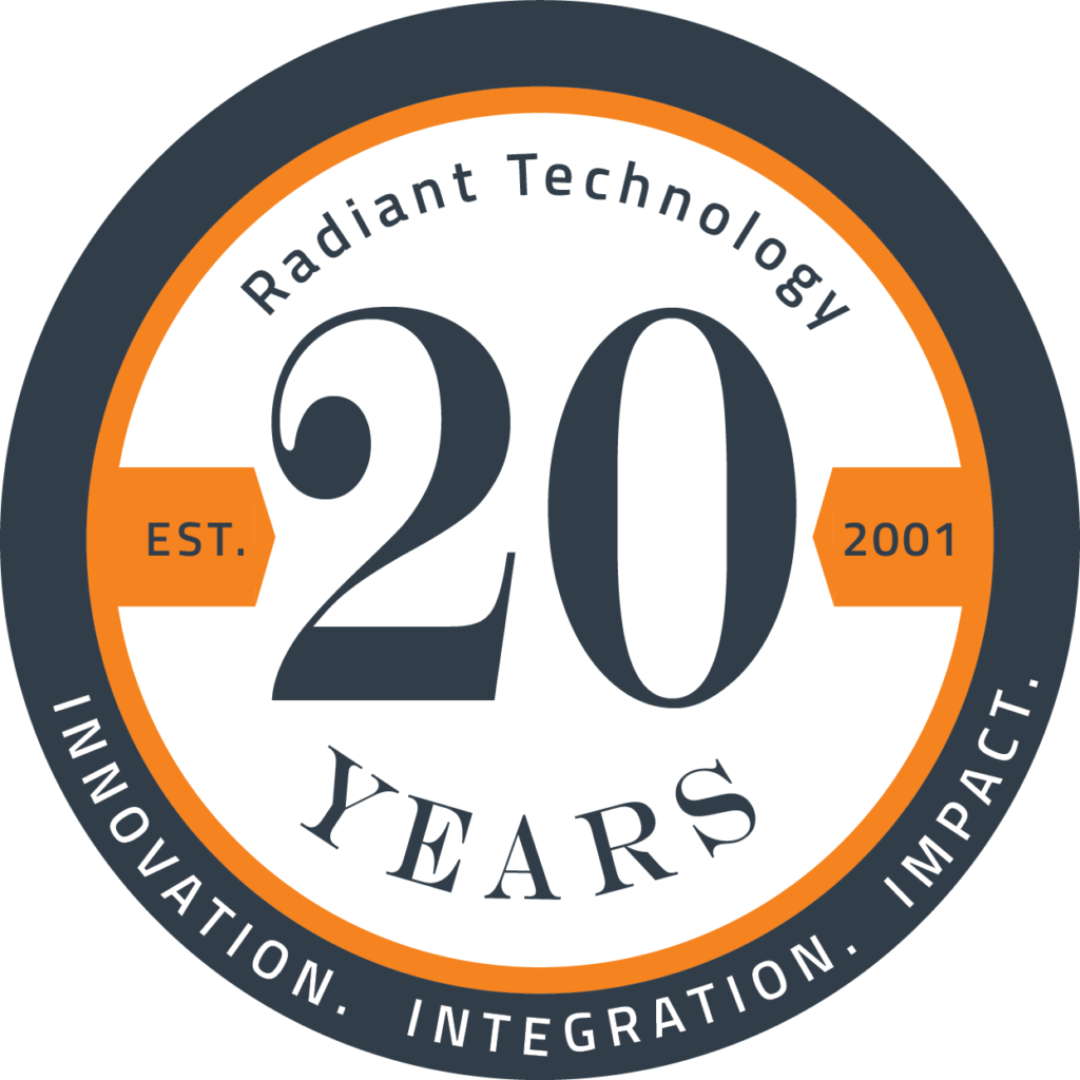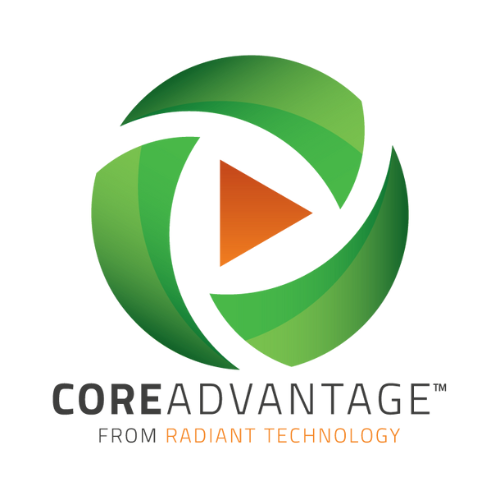Automated Camera Tracking Enhances Meeting Equity in the Modern Workplace
It’s true, many CEOs desire a return to the office mandate, however, just five percent cite returning workers to the physical workplace as a priority in 2023. It seems likely that the hybrid work environment is here to stay for many organizations, although the extent to which it will be adopted may very depending on the company’s industry, size and culture.
The important question is: how can organizations technically prepare to support their hybrid workforce? There are potential challenges to implementing a hybrid work environment, such as ensuring effective communication between remote and in-office workers and maintaining corporate culture. Companies will need to develop policies and procedures to address these challenges and ensure both remote and in-person employees feel included and engaged.
According to Greg Myers, President of Radiant Technology Group, remote workers are missing the benefit of impromptu collaboration. “Small conversations are often the key to driving alignment and engagement among employees,” stated Myers. “Discussions about project strategy or sharing experiences bring teams together to be more productive. If half the team is not present, then you only get half the benefit.”
Myers illustrates two meeting scenarios. In the first scenario three remote employees virtually join a meeting with five coworkers who are in the office. The three remote employees join the meeting, say hello and immediately mute themselves. There is no video so the remote employees start “multitasking,” while listening for key words that might trigger a response. Meanwhile, the five people in the office have a robust conversation about a project and determine next steps.
In the second scenario we have the same employees, but all three remote participants are using video and are unmuted. Their coworkers in the office can clearly see them and use visual cues to know when a topic is causing concern. Likewise, remote participants have a clear view of their on-site coworkers, and when someone is speaking, it looks like their attention is directed to the remote participants. Everyone in the meeting is equally visible and heard empowering them to engage and to contribute to the meeting.
Which meeting will require more follow up, retraining, re-alignment, re-work?
Myers points to several technologies used to ensure meeting equity and to optimize the hybrid work experience. The most obvious one is using video to better engage all participants—although some will debate that audio is the most important factor. But merely placing a camera in the meeting environment doesn’t do the trick—think C-SPAN compared to CNN.
The difference is demonstrated in the way cameras are used to create a connected experience. A variety of camera angles and smooth transitions create a production value that not only engages users—it keeps them engaged.


A variety of camera angles and smooth transitions create a captivating production that engages end users.
Today, we can use microphones in a meeting space to pinpoint exactly where the active speaker is in a room. With that information we can choose the most optimal camera, camera angle and camera preset to highlight the active speaker in a way that is engaging to remote participants. Combined with smooth transitions from speaker to speaker and active speaker to a group we can now give remote participants the feeling of sitting in the room with everyone else. This is transforming the way meetings and presentations are conducted.
We can eliminate the need to produce meetings, by creating automated and engaging experiences that allow organizations to:
- Improve meeting equity
- Enhance training opportunities
- Increase productivity
- Create a seamless hybrid environment
“Companies will garner better results by combining the best in technology with the human connections formed by in person interactions,” said Myers.
Read on to learn more about the benefits of automated camera tracking.
Increase employee satisfaction with meeting equity
The way companies connect with employees is constantly evolving. Creating meeting equity helps teams of coworkers feel connected, boosting employee engagement and satisfaction no matter where they are located. Automated camera tracking promotes a more authentic experience for remote participants as they are able to see the presenter as if they were physically in the room. When panning from speaker to speaker, the auto tracking cameras zoom in on the presenter, adjusting the view and the audio to match the current presenter, providing a clear and consistent experience for remote participants
Enhance engagement with remote training
Remote training experiences are enhanced with automated camera tracking capabilities. The human element of seeing the trainer move throughout the room as they teach gives remote participants a more authentic experience. Additionally, when classmates speak, the camera system automatically switches to the active speaker, giving remote participants the feeling of sitting in class. Trainers don’t need to worry about the technology or switching cameras, it just works and a great training experience is achieved.
Improve efficiency with automation
Traditional cameras that allow for web conferencing don’t have pinpoint accuracy capabilities. To have pinpoint accuracy, audio or microphone arrays are needed to track speakers in the room. A presenter, or assistant, attempting to movew a camera as the presenter moves around the room could not replicate the accuracy of automated tracking. Automation not only increases the efficiency of tracking the presenter for those not in the room, it brings a human element, as if the viewer were tracking the presenter in person with their own eyes.
Automated camera tracking has the capabilities to change the way your teams interact, creating visibility that encourages excellent engagement. If you’re interested in learning more about Radiant Technology’s automated camera tracking capabilities, connect with our team today at: 800.348.4008.





